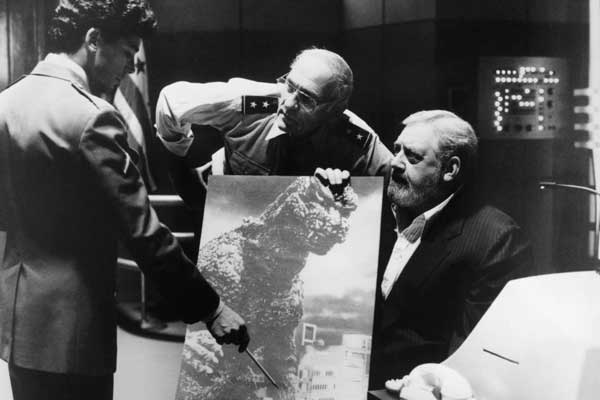Mine was a very loving mother. She often found humor in taking advantage of our naivete, "fooling" us, and getting us into more than a few adventures.
Using a congressional grant, the Public Broadcasting System went on air in 1969, bringing several local public stations into a national network. Mississippi Public Broadcasting went on air the following year, with their studios located on 16th section land off Ridgewood Road in North East Jackson.
My father had a Missco Employee come and install UHF antennas on the massive VHF antenna hidden in our attic. Seven-year-old Boyd could then see the new hit show on PBS called Sesame Street.
Although Sesame Street utilized a generous grant from the Carnegie and Ford Foundations, they still needed money, so by 1972, they began doing roadshows featuring some of the show's cast. Somehow they picked Jackson for a stop, and it was the biggest event for the short-pants set that year. Bob, Gordon, Susan, Mr. Looper, and Big Bird were slated to appear.
I think the adults were more excited than the kids. Somehow my mother had the job of picking up some of the cast at the Jackson airport. I suspect it had something to do with the Junior League because other mothers had a similar task, and the Junior League was always up to something.
Mom's task was to pick up two men from the cast in our Ford station wagon and deliver them to their hotel near the Coliseum. I saw the circus, the rodeo, and the Harlem Globetrotters at the Coliseum, so that was pretty much hollowed ground for little guys.
At the airport, we waited and waited. Eventually, two bearded men hopped in the car. One was older than the other and carried a large, oblong bag. Mother introduced them to me. One was Carrol, and one was Kermit. "Kermit, the frog?" I asked. "No, no," he said, "I'm Kermit the Person. I make muppets like Big Bird and Oscar."
Kermit Love was a Broadway designer and a long-time collaborator with Jim Henson. He fabricated Big Bird, Oscar, Mr. Snuffleupagus, and Cookie Monster. A gentle creature with a Santa-sized beard, he explained how "Snuffy" operated with two men inside. The bag in his lap contained Big Bird's head! He undid the zipper and showed me how to work Big Bird's eyes with the pinky of one hand.
"Carrol is Big Bird!" Mother said. Mother fooled me before, so I was dubious. I wasn't rude enough to say it, but this fellow was clearly a young hippie and NOT Big Bird. He must have met this reaction before because he raised one hand above his head, moved his fingers like a mouth, and said, "Hi!" Suddenly Big Bird appeared before me. I was a believer.
I wanted that drive to last forever, but it didn't. We dropped the men off at their hotel, and that was the last I ever saw of Kermit The Person. The show was great, featuring a few skits and songs with human characters, and Big Bird was the star.
After the show, I saw a cluster of even littler kids crowded around Carrol Spinney at the door to the Coliseum Green Room. My sister and Lee Kroeze, her childhood companion and neighbor, were among the pint-sized fans. Spinney must have taken the heavy bird body off and only wore the Big Bird legs
 |
| Carrol Spinney and Kermit Love on the set of Sesame Street. |
My sister got his autograph and saved one of the dyed-yellow turkey feathers constantly falling off Big Bird's costume. She displayed her Sesame Street autographs and her Big Bird feather in a frame in her room for many years. Hopefully, she still has it somewhere.
 |
| Spinney and Love Shoot an outdoor scene. |


